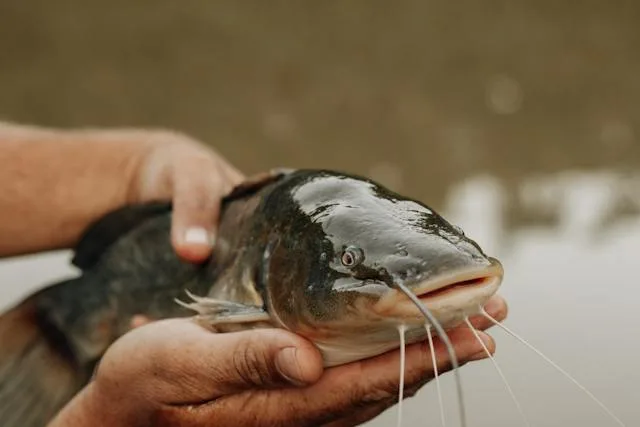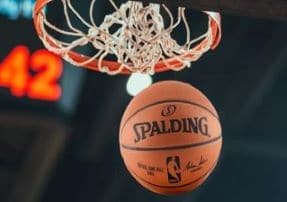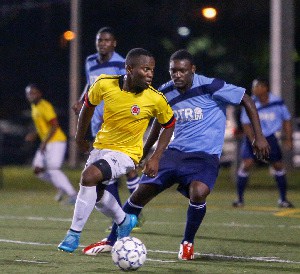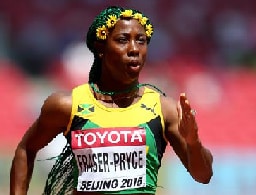How to Get Started With Fishing

Fishing, an age-old practice, has transitioned from being a means of survival to a form of recreation and sport, harboring a sense of peace and tranquility in its process. For some, fishing is a weekend hobby; for others, it’s a lifetime passion. But for all, the similarity lies in the joy of being in nature, the thrill of the catch, and the patience it nurtures. If you’re looking to embark on your own angling adventure, then you’re in the right place. This guide will provide you with the essential knowledge and tools to get started with fishing. From understanding the different types of fishing and equipment needed to mastering the art of casting and knowing the right bait to use for specific fish species, we’ve got you covered. So grab your fishing hat and let’s embark on this exciting journey.
Understanding Different Types of Fishing
Before you cast your first line, it’s crucial to understand the different types of fishing. Typically, fishing is categorized into freshwater and saltwater fishing – each presenting its unique challenges and species of fish. Freshwater fishing is commonly practiced in lakes, rivers, ponds, and streams and is known for species like trout, catfish, and bass. On the other hand, saltwater fishing, or sea fishing, offers a vast array of species from flounder to marlin, and is typically more challenging due to the variable conditions and the size of the fish. In addition to these, there’s fly fishing, ice fishing, and sport fishing – each requiring different techniques and equipment. The choice you make will depend on your location, interest, and the level of challenge you seek.
The Essential Fishing Equipment
Having the right equipment is crucial for a successful fishing trip. Basic items you’ll need include a fishing rod, reel, line, and hooks, as well as a tackle box to store all your gear. The type of fishing you plan to do will determine the specific equipment you’ll need. For example, if you’re planning to go fly fishing, you’ll need a fly rod and line; while if you’re targeting larger saltwater fish, you’ll need heavy-duty rods and reels. It’s also important to invest in quality equipment as it can make a significant difference in your success rate and overall experience.
Knowing the Best Times to Fish: The Key to a Successful Catch
While it may seem like a relaxing activity, fishing requires careful planning and timing. Knowing the best times to fish can make all the difference between a successful catch and an empty hook. Generally, early mornings or late evenings tend to be the most productive fishing times as water temperatures are cooler, and fish are more active. However, this can vary depending on the season, location, and type of fish you’re targeting. For instance, the best times to fish in Florida is normally April through September, while the peak season for salmon fishing in Alaska is June through August. So before you head out, do some research and plan accordingly to increase your chances of landing a big catch.
Mastering the Art of Casting
Casting is a fundamental skill in fishing that allows you to place your bait or lure in the right spot to attract fish. There are different types of casting techniques, such as overhead, sidearm, and roll cast – each serving a specific purpose. Learning how to cast correctly takes practice and patience; however, with time, you’ll be able to accurately place your bait or lure where the fish are. It’s also essential to consider factors like wind and water conditions, as they can affect your casting distance and accuracy.
Choosing the Right Bait
Choosing the right bait can be a daunting task, especially for beginners. Natural baits, such as worms and insects, are commonly used in freshwater fishing, while artificial lures work best in saltwater. It’s crucial to do some research on the type of fish you’re targeting and the bait they prefer. You can also ask local anglers for advice or experiment with different baits to see what works best. Additionally, it’s important to handle bait properly and keep it fresh to attract fish.
The Thrill of the Catch
One of the most exciting parts of fishing is feeling a tug on your line and reeling in your catch. However, it’s important to practice catch and release techniques to help maintain fish populations and ensure the sustainability of the sport. If you do plan on keeping your catch, make sure to follow local regulations and only keep what you intend to consume.
There are instances when you may not catch anything, and that’s okay. Fishing is about more than just catching fish; it’s about being in nature, enjoying the company of friends or family, and disconnecting from the stresses of daily life.
Embarking on a fishing adventure is a rewarding experience that offers an incomparable connection to nature, a test of patience, and the pure thrill of the catch. It’s an activity that requires the right knowledge and gear, along with the willingness to adapt to changing conditions and learn from experience. Remember, fishing is as much about the journey as it is about the destination – whether you catch a bucketful or come home empty-handed, the tranquility of the water and the thrill of the chase make every fishing trip worthwhile. So, gear up, get out there, and start creating your own fishing tales.





